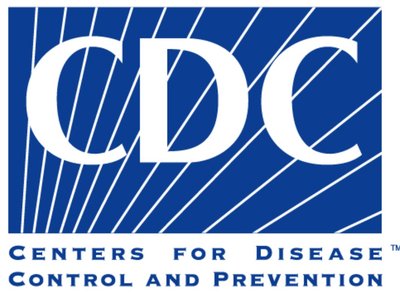| United States Patent Zeltzer, et al. |
10,278,725 May 7, 2019 |
Lumbar puncture detection device
Abstract
A device for drawing spinal fluid from a body part or injecting medication into the body part is disclosed. The device may include one or more measurement features (markings) that indicate the subcutaneous depth of the device as well as confirm placement and orientation of the end of the device in the body part. The device may include a trocar and a cannula having a central passage adapted to receive said trocar. One or more windows may be provided in or on the cannula. Means for venting air from the cannula central passage and/or transparent/translucent material may be disposed in said windows.Inventors: Zeltzer; Paul M. (Encino, CA), Fischel; Lloyd (Haiku, HI)
Assignee: Zeltzer; Paul M. (Encino, CA)
Family ID: 42005542
Appl. No.: 12/560,140
Filed: September 15, 2009
Prior Publication Data
| Document Identifier US 20100160865 A1 |
Publication Date Jun 24, 2010 |
FEATURED ARTICLES
 The U.S. Centers for Disease Control and Prevention (CDC) convened a National Sharps Injury Prevention Meeting on September 12, 2005, in Atlanta, Georgia. The purpose of this meeting was to review sharps injury prevention efforts (particularly since the passage of the Needlestick Safety and Prevention Act in 2001); identify gaps in prevention efforts; and assist CDC in creating a national action plan for eliminating sharps injuries in the United States.
The U.S. Centers for Disease Control and Prevention (CDC) convened a National Sharps Injury Prevention Meeting on September 12, 2005, in Atlanta, Georgia. The purpose of this meeting was to review sharps injury prevention efforts (particularly since the passage of the Needlestick Safety and Prevention Act in 2001); identify gaps in prevention efforts; and assist CDC in creating a national action plan for eliminating sharps injuries in the United States.
 Occupational exposures to bloodborne pathogens as a result of injuries from needles and other sharp objects are an important public health concern. It is estimated that hospital-based healthcare personnel sustain 385,000 sharps injuries annually in the United States. Numerous risk factors and prevention strategies have been identified and implemented in order to reduce sharps injuries in healthcare settings. One notable prevention milestone was the passage of the Needlestick Safety and Prevention Act in 2001. In response to this Act, OSHA revised the Bloodborne Pathogens Standard, 29 CFR 1910.1030. The revised standard clarifies the need for employers to select safer needle devices and to involve frontline employees in identifying and choosing these devices. The updated Standard also requires employers to maintain a log of injuries from contaminated sharps.
Occupational exposures to bloodborne pathogens as a result of injuries from needles and other sharp objects are an important public health concern. It is estimated that hospital-based healthcare personnel sustain 385,000 sharps injuries annually in the United States. Numerous risk factors and prevention strategies have been identified and implemented in order to reduce sharps injuries in healthcare settings. One notable prevention milestone was the passage of the Needlestick Safety and Prevention Act in 2001. In response to this Act, OSHA revised the Bloodborne Pathogens Standard, 29 CFR 1910.1030. The revised standard clarifies the need for employers to select safer needle devices and to involve frontline employees in identifying and choosing these devices. The updated Standard also requires employers to maintain a log of injuries from contaminated sharps.
The U.S. Centers for Disease Control and Prevention (CDC) convened a National Sharps Injury Prevention Meeting on September 12, 2005, in Atlanta, Georgia. The purpose of this meeting was to review sharps injury prevention efforts (particularly since the passage of the Needlestick Safety and Prevention Act in 2001); identify gaps in prevention efforts; and assist CDC in creating a national action plan for eliminating sharps injuries in the United States. Nearly forty representatives from federal and state agencies, healthcare professional associations, healthcare facilities, medical device manufacturers, and other key stakeholder groups participated in the meeting. The meeting was funded by the CDC Foundation through an unrestricted education grant from the Safety Institute, Premier Inc.

